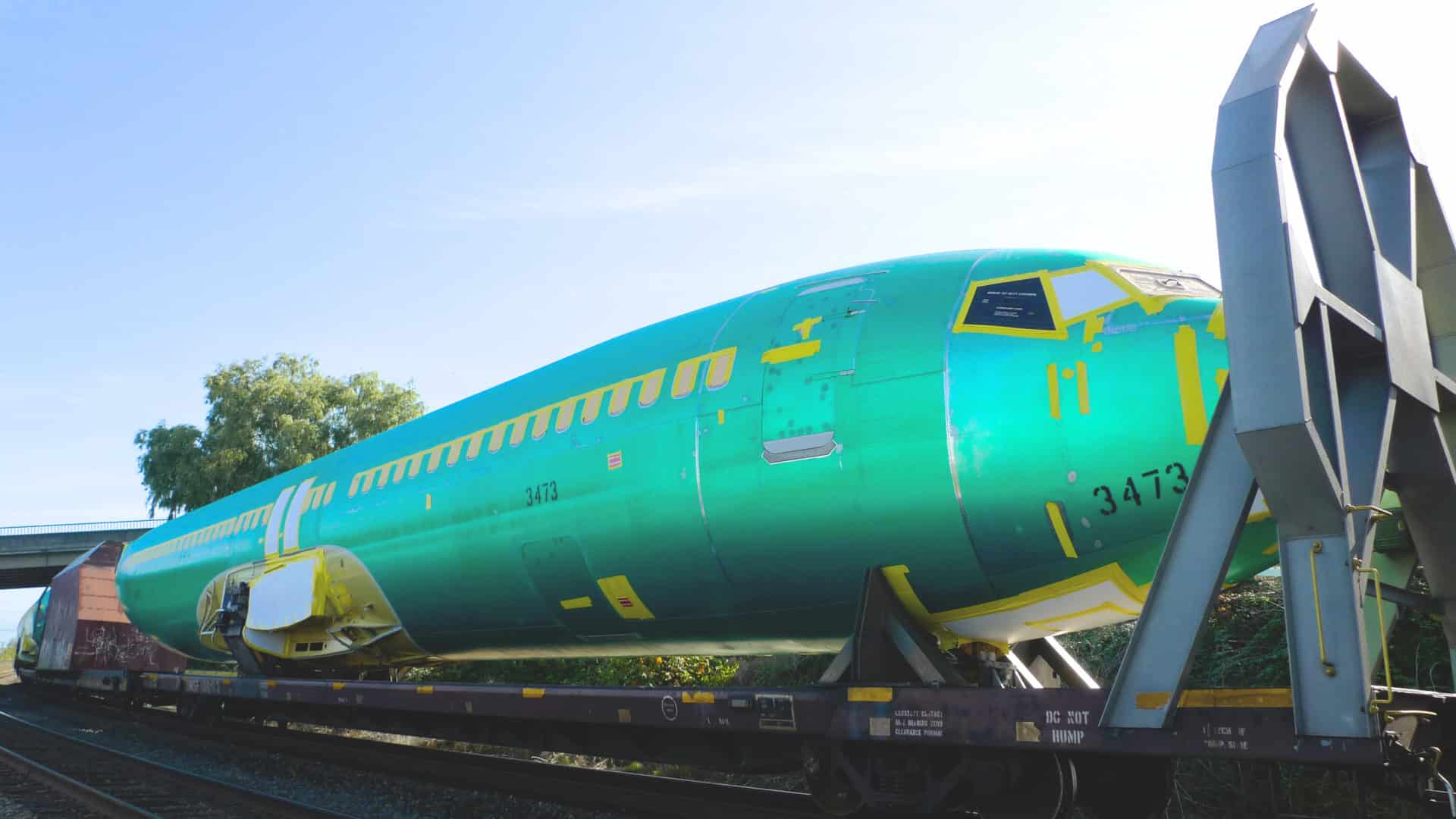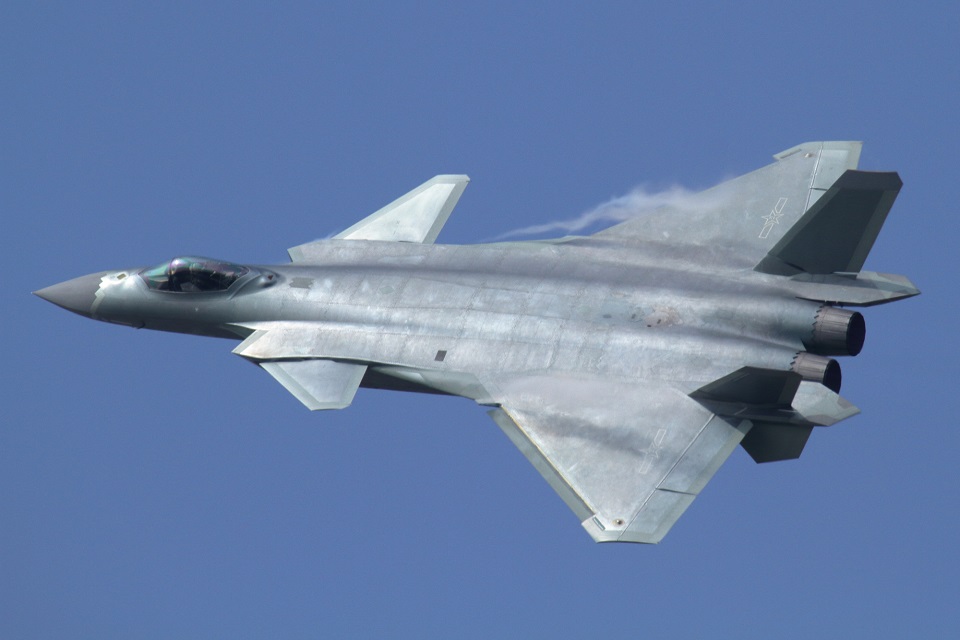Tech
Boeing evaluating the production rate of B737 max to 31 per month by end of 2022.

The Boeing Company [NYSE: BA] reported third-quarter revenue of $15.3 billion, driven by higher commercial airplanes and services volume. GAAP loss per share of ($0.19) and core loss per share (non-GAAP)* of ($0.60) primarily reflects higher commercial volume ). Boeing recorded operating cash flow of ($0.3) billion.
- Continued progress on global safe return to service of 737 MAX and focus on operational stability
- Revenue of $15.3 billion, GAAP loss per share of ($0.19) and core (non-GAAP)* loss per share of ($0.60)
- Operating cash flow of ($0.3) billion; cash and marketable securities of $20.0 billion
- Commercial Airplanes backlog of $290 billion and added 93 net orders
Commercial Airplanes third-quarter revenue increased to $4.5 billion primarily driven by higher 737 deliveries, partially offset by lower 787 deliveries. Third-quarter operating margin improved to (15.5) percent primarily due to higher deliveries.
Boeing is continuing to make progress on the global safe return to service of the 737 MAX. Since the FAA’s approval to return the 737 MAX to operations in November 2020, Boeing has delivered more than 195 737 MAX aircraft and airlines have returned more than 200 previously grounded airplanes to service. 31 airlines are now operating the 737 MAX, safely flying over 206,000 revenue flights totaling more than 500,000 flight hours (as of October 24, 2021). The 737 program is currently producing at a rate of 19 per month and continues to progress towards a production rate of 31 per month in early 2022, and the company is evaluating the timing of further rate increases.
Is China’s COMAC C919 better than B737max and A319neo ?
The company continues to focus 787 production resources on conducting inspections and rework and continues to engage in detailed discussions with the FAA regarding required actions for resuming delivery. The current 787 production rate is approximately two airplanes per month. The company expects to continue at this rate until deliveries resume and then return to five per month over time. The low production rates and rework are expected to result in approximately $1 billion of abnormal costs, of which $183 million was recorded in the quarter.
Southwest Airlines Orders 100 Boeing 737 MAX Jets, Plus 155 Options
Commercial Airplanes secured orders for 70 737 MAX, 24 freighter, and 12 787 airplanes. Commercial Airplanes delivered 85 airplanes during the quarter and backlog included over 4,100 airplanes valued at $290 billion.
Boom Supersonic to Roll Out Historic XB-1 Demonstrator Oct. 7
More Details : Click here

Aerospace
China’s Fighter Jets Turn Wings into Autonomous Drones

In a striking display of aerospace innovation, Chinese engineers have reportedly tested a groundbreaking “combiner” blended-wing stealth aircraft with detachable drone wings.
This transformative technology, reminiscent of fictional “combiner” Transformers, was showcased during a test flight at an undisclosed airport near the Mu Us Desert’s southern edge.
The stealth fighter, equipped with powerful twin-engine turbofans and a sleek delta-wing design, demonstrated unprecedented versatility. During the flight, segments of its wings detached, seamlessly transforming into two separate “flying wing” drones powered by electric fans.
This capability marks a significant leap in aerial warfare, enabling the fighter to deploy autonomous drones mid-flight for strategic operations.
Future stealth fighters will prioritize integration with drones
Yang Wei, chief designer of China’s J-20 stealth fighter, emphasized that future iterations will prioritize seamless integration with drones. The development includes plans for a two-seater variant of the J-20 to enhance operational coordination with unmanned aerial vehicles (UAVs), reflecting China’s strategic focus on combined arms tactics.
The next-generation stealth fighter design integrates two drones directly into the aircraft’s delta wing structure, departing from earlier attempts that fixed drones to wingtips.
This innovative “rear edge docking configuration,” connecting leading edges of the drones to the fighter’s trailing edge, enhances stability during separation. However, it poses challenges such as managing significant changes in the aircraft’s center of gravity and aerodynamic balance.
FCC-100 flight control computer ensures precise control
To address these complexities, Du’s team developed advanced algorithms capable of analyzing and compensating for disturbances like wind changes during drone separation. Both the fighter and the drones utilize the cutting-edge FCC-100 flight control computer from Northwestern Polytechnical University, ensuring precise control and maneuverability.
While specific details about the test flight date remain classified, the project signifies remarkable advancements in aircraft stability and control. These developments pave the way for practical applications in future combat scenarios.
Chinese scientists are also exploring additional technologies like plasma stealth and advanced airflow management to further enhance the capabilities of their next-generation fighters.
-

 Travel1 week ago
Travel1 week agoAir India to Expand US Operations with Three New Routes After a Decade
-

 Travel2 weeks ago
Travel2 weeks agoWhy We Should Avoid These Stamps in a Passport
-

 Airlines1 month ago
Airlines1 month agoInvestigations Reveal Fake Chinese Titanium in Boeing and Airbus Jets
-

 Tech4 weeks ago
Tech4 weeks agoChina’s CATL Plans 1,800-Mile Electric Plane Launch by 2027
-

 Airport3 days ago
Airport3 days agoTop 10 Largest Airports in the World by Size
-

 Aerospace4 weeks ago
Aerospace4 weeks agoChina’s Fighter Jets Turn Wings into Autonomous Drones
-

 Airlines4 days ago
Airlines4 days agoAir India Rolls Out A350s for Delhi-New York JFK and Newark Routes
-

 Defence3 weeks ago
Defence3 weeks agoBoeing Enhances Chinook with New Engines and Block II Upgrades at $96 Million







